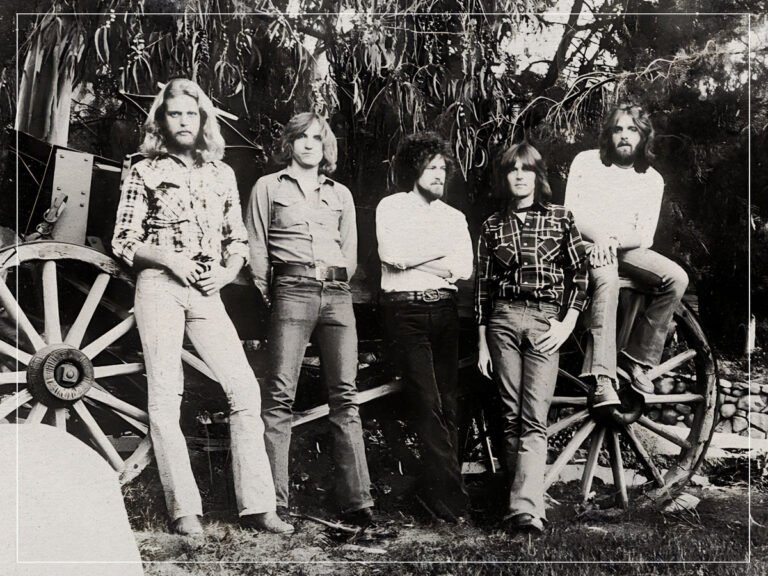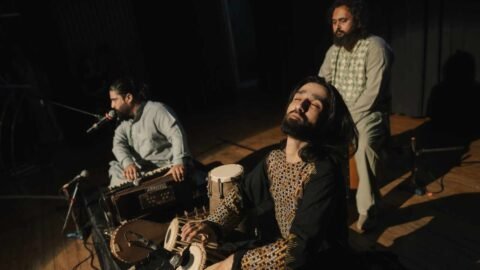
(Credits: Far Out / Alamy)
Every band needs to start somewhere, and that starting point usually consists of ripping off other artists. It’s a necessary evil. Don’t believe me? Ask the Eagles.
Nobody goes into music with a completely unique idea about what kind of artist they’re going to be and the type of sound they’re going to make. People go into music because there is another musician that they love, and they want to be just like them. Some people who make music can’t shake these chains. That’s why you’ll find so many bands in Manchester sound like Oasis, and so many bands in Sheffield are ripping off Arctic Monkeys.
However, while some bands are forced to remain poor imitations of their idols, there are some artists who break through the mould, wearing their influence on their sleeve but rolling those sleeves up in a bid to get to work and make something innovative. These are the artists that we generally end up talking about, artists who excite us and show us something we genuinely weren’t expecting.
Generally speaking, these kinds of creative developments happen on the grassroots level. Artists go into their career with a very clear idea of who they want to be and what genre they want to fit into. When they start playing live in small venues, they get a better idea of individual components that crowds react to, and they craft their sound around these components.
We often credit the Eagles with the invention (or at least the popularisation) of country rock, but this wasn’t merely an idea that they had and decided to act upon. It came with time, as the band played live, a healthy mix of covers and original music, as they steadily stumbled upon a sound that they could call their own. The definitive charm of the debut Eagles album is the result of long nights in dancehalls and finding inspiration from other artists. The band don’t shy away from this origin, either.
Randy Meisner, one of the founding members of the Eagles, remembers these days well, as the band used to play in a small dance bar and rattle through every single song they knew. “The Gallery was a small [held maybe 500, packed in solid] dance bar, where everybody just danced and drank until they fell down… it was fantastic,” he recalled.
Adding, “Everybody had a great time. We did four sets a night for a month, playing as many originals as we’d written – to work them up ready for the album – and filled out with just about every song we knew.”
During these sets, there were two artists in particular that the band would play, and these helped the band a great deal when it came to tightening up what would become their eventual sound. “Loads of Chuck Berry, some Neil Young songs and all sorts of other things from the other groups we’d played in,” he said. “It tightened the group up pretty well; we learned how to play with each other.”
This wasn’t just mundane band practice. Their performances at The Gallery led to the band getting booked to play a different venue, one where they would meet the record producer who helped them put together their first record. It goes to show that these early gigs and covers that bands do are incredibly important in the grand scheme of things.
“We went on to a club in Boulder, which is where Glyn Johns came to see us,” Meisner concluded. “It was exam week, so the place wasn’t very full, but Glyn liked us anyway.”
Related Topics





